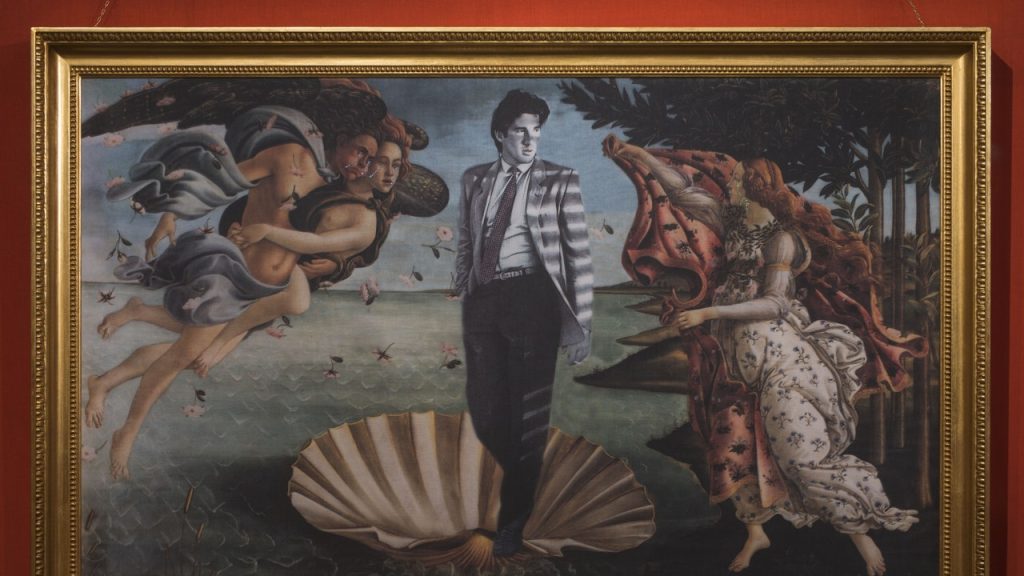The artist describes the experience of setting up an exhibition at Museo Correr as akin to giving birth through a Caesarean section – a huge effort and honor. The museum’s spaces, renovated by Carlo Scarpa in the 1950s, are treated with reverence and cannot be altered. This presented a unique challenge for the artist, as they had to find a way to showcase their work alongside masterpieces by Carpaccio, Giotto, and Bellini. This rare case of historicized museology made the museum a sacred place in the history of art and architecture, adding to the pressure of creating a memorable exhibition in such a prestigious setting.
The artist reflects on their 30-year career and expresses their disbelief at being given the opportunity to exhibit at Museo Correr. They question what they can show to stand against the iconic works that already inhabit the space. The artist acknowledges that challenging recognized imagery, such as Michelangelo’s, can place them in a “Pop zone” as it has been widely appropriated. However, confronting the masterpieces in the museum goes beyond that and presents an even greater challenge. The artist must find a way to make their work stand out in the presence of these foundational pieces of art history.
When asked about the recurring theme of tears in their work, the artist references the Latin poet Virgil’s quote, “Sunt Lacrima Rerum,” which translates to “there are tears in (or for) things.” They explain that tears have been a defining subject in their work since the beginning and have conducted research into the representation of tears in art history. Surprisingly, tears have rarely been depicted in classical paintings, with emotions like pain, sorrow, and despair usually hidden or averted. The artist did not strategically choose to focus on tears in their work but found it to be a natural and emotionally charged subject that had not been explored in the art world.
The artist’s fascination with tears leads them to contemplate the gendered nature of art history, noting that men, historically at the forefront of art, have not felt the need to represent tears. The artist challenges this notion by incorporating tears as a central theme in their work, exploring the emotional and intimate aspects of this mysterious secretion. They reject the notion of tears being a business opportunity to exploit and instead view them as an emotional acme that has not been explored fully in the art world. The artist’s work delves into the representation of tears as a way to tap into deeper emotions and experiences, challenging traditional gender roles in the art world.
Overall, the artist’s experience of setting up an exhibition at Museo Correr was both daunting and rewarding, as they navigated the challenge of showcasing their work alongside iconic masterpieces. The theme of tears, a central element in their work, provided a unique lens through which to explore emotions and challenge traditional gender roles in art. The artist’s reflections on their career and the art world reveal a deep connection to their work and a dedication to exploring new and emotive themes in the realm of contemporary art. In a setting as revered as Museo Correr, the artist’s exhibition stands as a testament to their creative vision and ability to create impactful and thought-provoking art.














